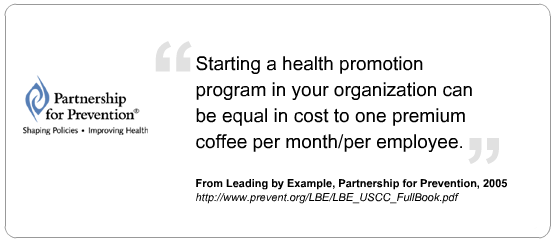Comparative Effectiveness Research (CER)
Comparative effectiveness research (CER) compares two or more treatments on the basis of effectiveness, benefit and risk. Treatments include more than medications. Treatment is compared may be devices, tests, procedures, or other intervention designed to improve health. The ACA provides funding for CER through the Patient Centered Outcomes Research Institute (PCORI). PCORI studies can be original research or the analysis of existing data. The ACA contains language restricting the use of data regarding cost, specifically use of QALYs. A QALY is a quality adjusted life year. PCORI research cannot use cost per QALY to make decisions on coverage for Federal programs. Why? Because of the concern that the quality adjustment used to determine a QALY discounts the lives of the old and ill. Thus, CER (comparative effectiveness research) has not been universally embraced (think death panels). As you can tell, the issues are complicated and it remains unclear how this will be fully resolved.
FAQ on Comparative Effeciveness Research
Q: Why is comparative effectiveness research needed? What problem is it trying to solve?
- If you don't get the best possible information about your treatment choices, you might not make an informed decision on what treatment is best for you.
- When you shop for a new car, phone or camera, you have lots of information about your choices. But when it comes to choosing the right medicine or the best healthcare treatment, clear and dependable information can be very hard to find.
- It's true that some treatments may not work for everyone, and that some treatments may work better for some people than others. This research can help identify the treatments that may work best for you.
Q: What are the practical benefits of comparative effectiveness research?
- You deserve the best and most objective information about treating your sickness or condition. With this research in hand, you and your doctor can work together to make the best possible treatment choices.
- For example, someone with high blood pressure might have more than a dozen medicines to choose from. Someone with heart disease might need to choose between having heart surgery or taking medicine to open a clogged artery. Reports on these topics and others include the pros and cons of all the options so that you and your doctor can make the best possible treatment decision for you or someone in your family.
- Every patient is different — different circumstances, different medical history, different values. These reports don't tell you and your doctor which treatment to choose. Instead, they offer an important tool to help you and your doctor understand the facts about different treatments.
Source: What Is Comparative Effectiveness?
Prevention, Education, and New Models
|
"The nation has been having the wrong conversation about healthcare. The wrong conversation focuses almost exclusively on the uninsured, offers the false promise of 'free' universal healthcare, and does not require individuals to assume responsibility for their own well-being. ~ Thomas J. Donohue, president and CEO of the US Chamber of Commerce, 2009 |
Worker Productivity
Many employers are unaware of the linkages between health and productivity. While employers understand that investing in human capital improves the company bottom line, they are only beginning to understand the impact health has on worker productivity.
- In fact, indirect costs of poor health including absenteeism, disability, or reduced work output may be several times higher than direct medical costs
- Productivity losses related to personal and family health problems cost U.S. employers $1,685 per employee per year, or $225.8 billion annually
These indirect costs affect all employers, even those who avoid direct medical costs by not funding health insurance.
From the Centers for Disease Control and Prevention, Workplace Health Promotion
|
Potential Benefits of Workplace Health Programs For Employers:
For Employees:
Source: Benefits of Health Promotion Promotions from the Centers for Disease Control and Prevention |

Examples of employer-sponsored health promotion/wellness programs:
- Onsite fitness centers
- Weight management
- Tobacco cessation
- Flu prevention
- Mammography vans
- Nutrition seminars
- Health risk assessment

